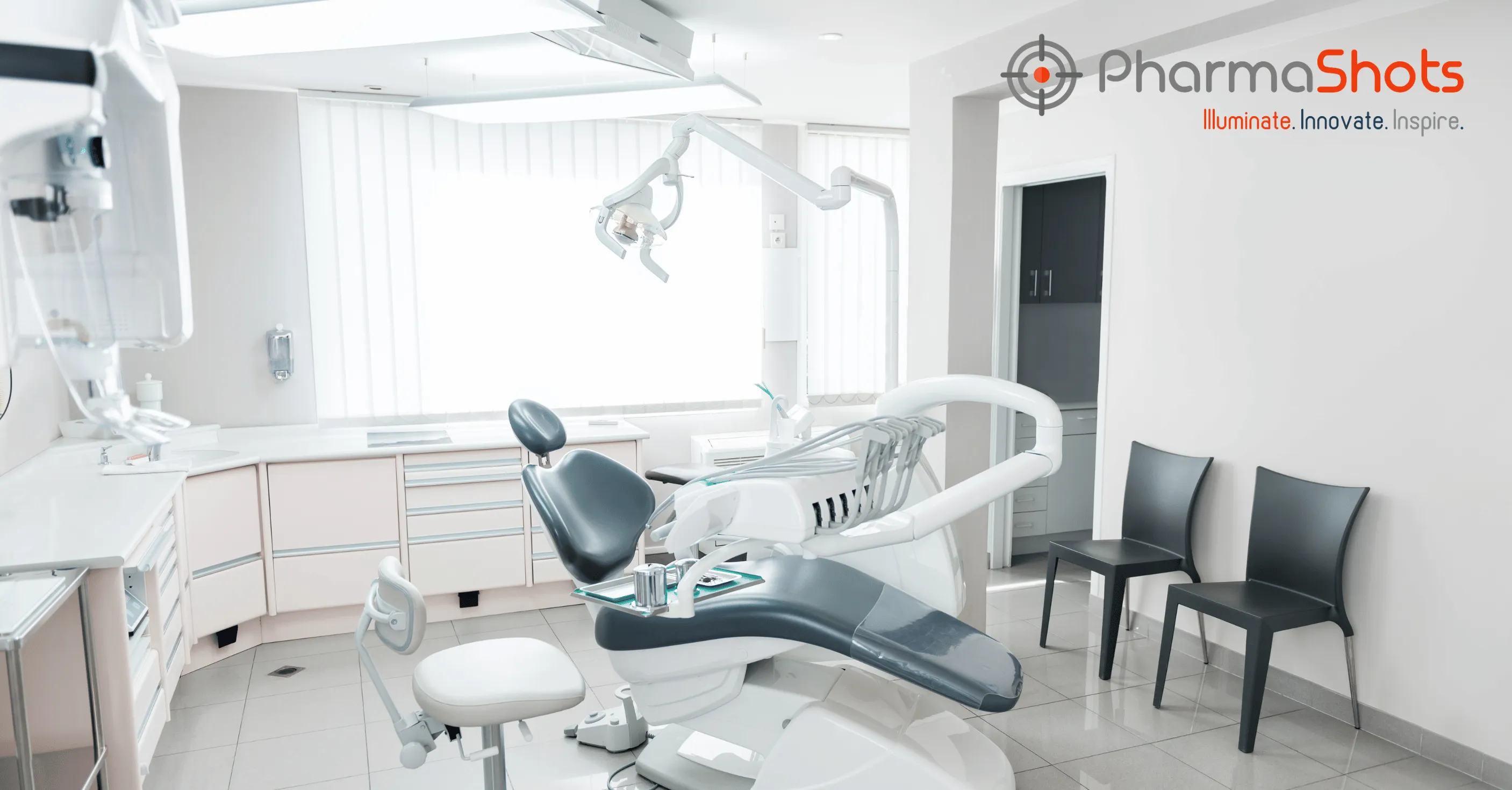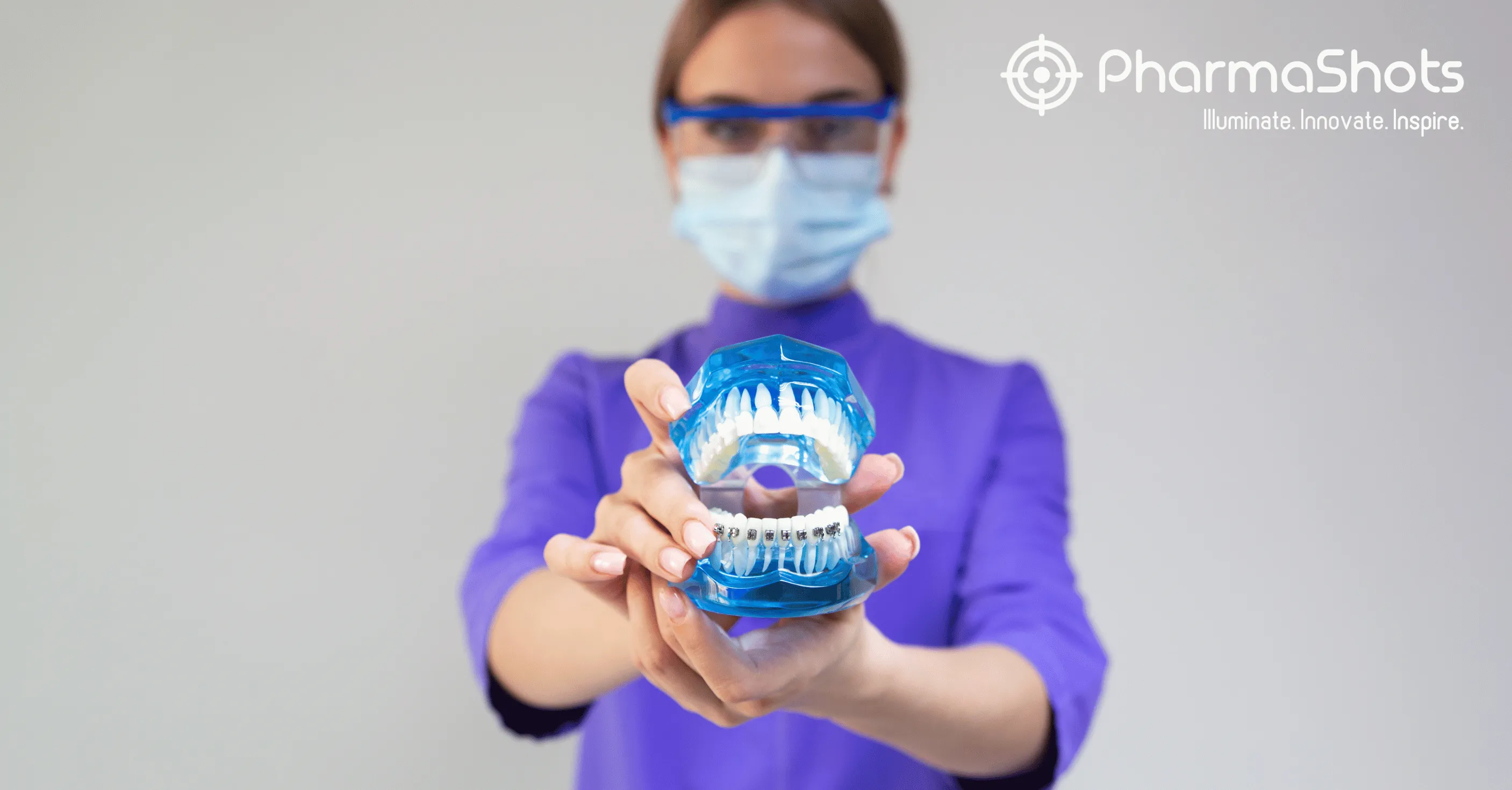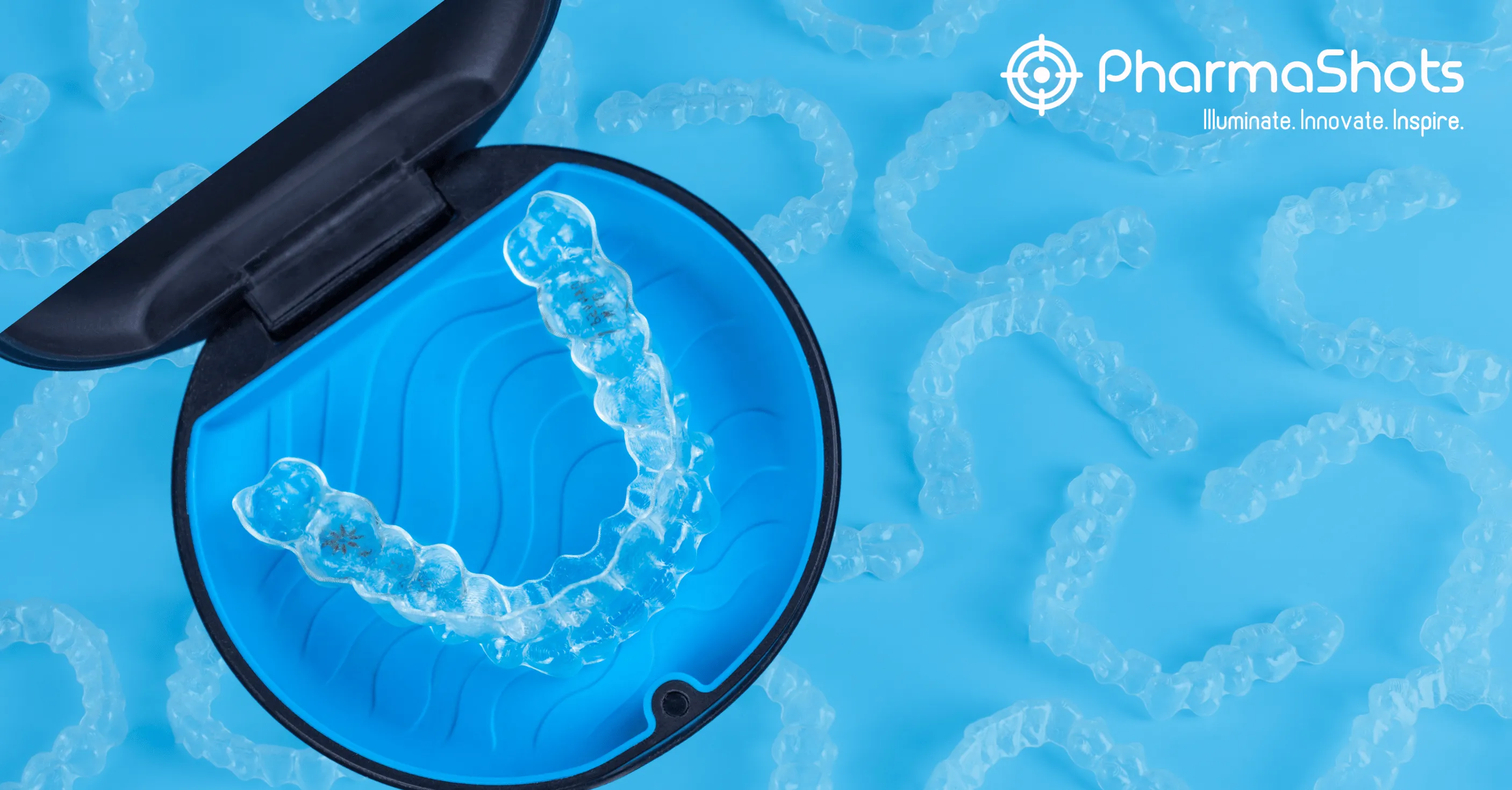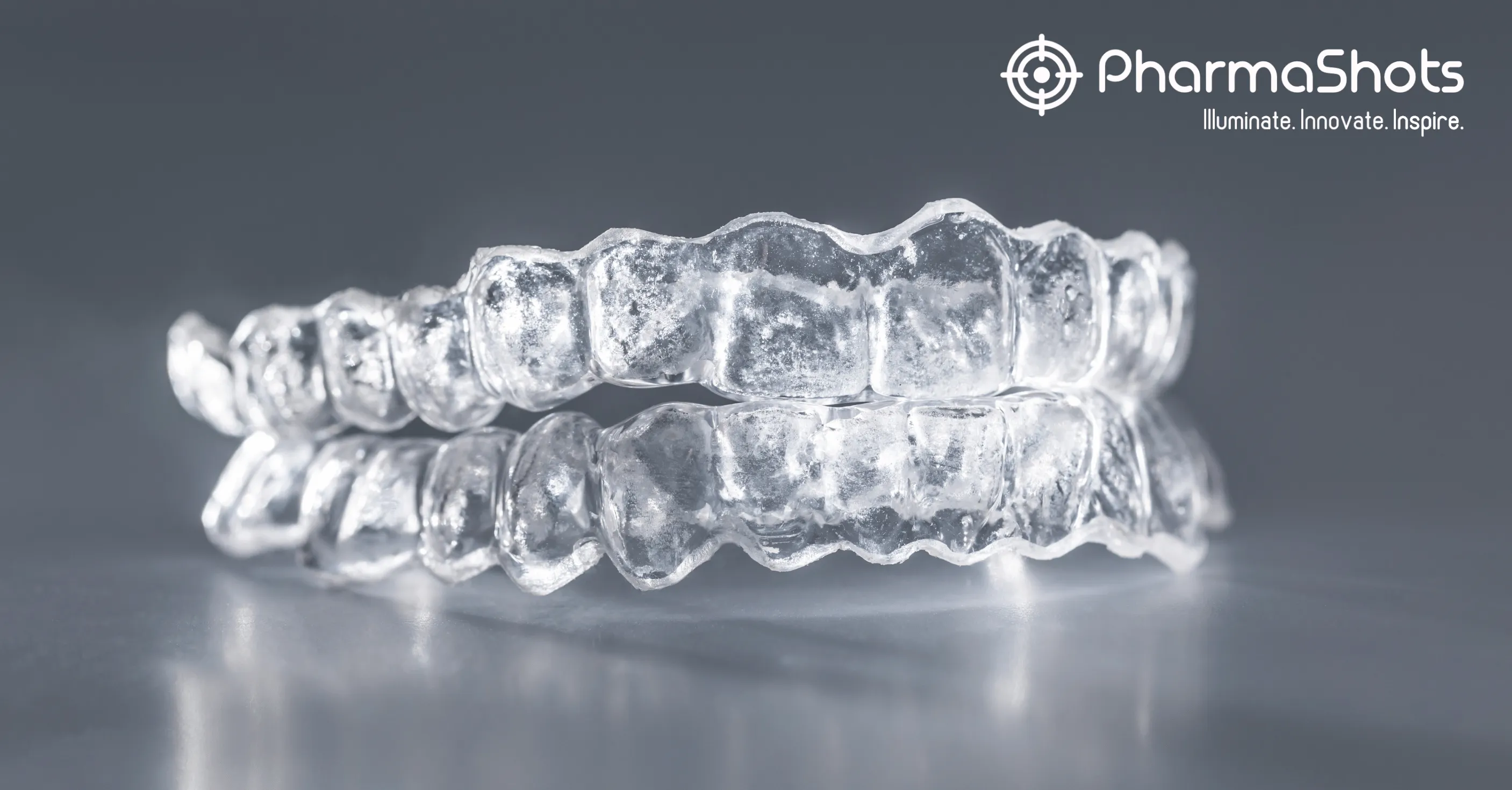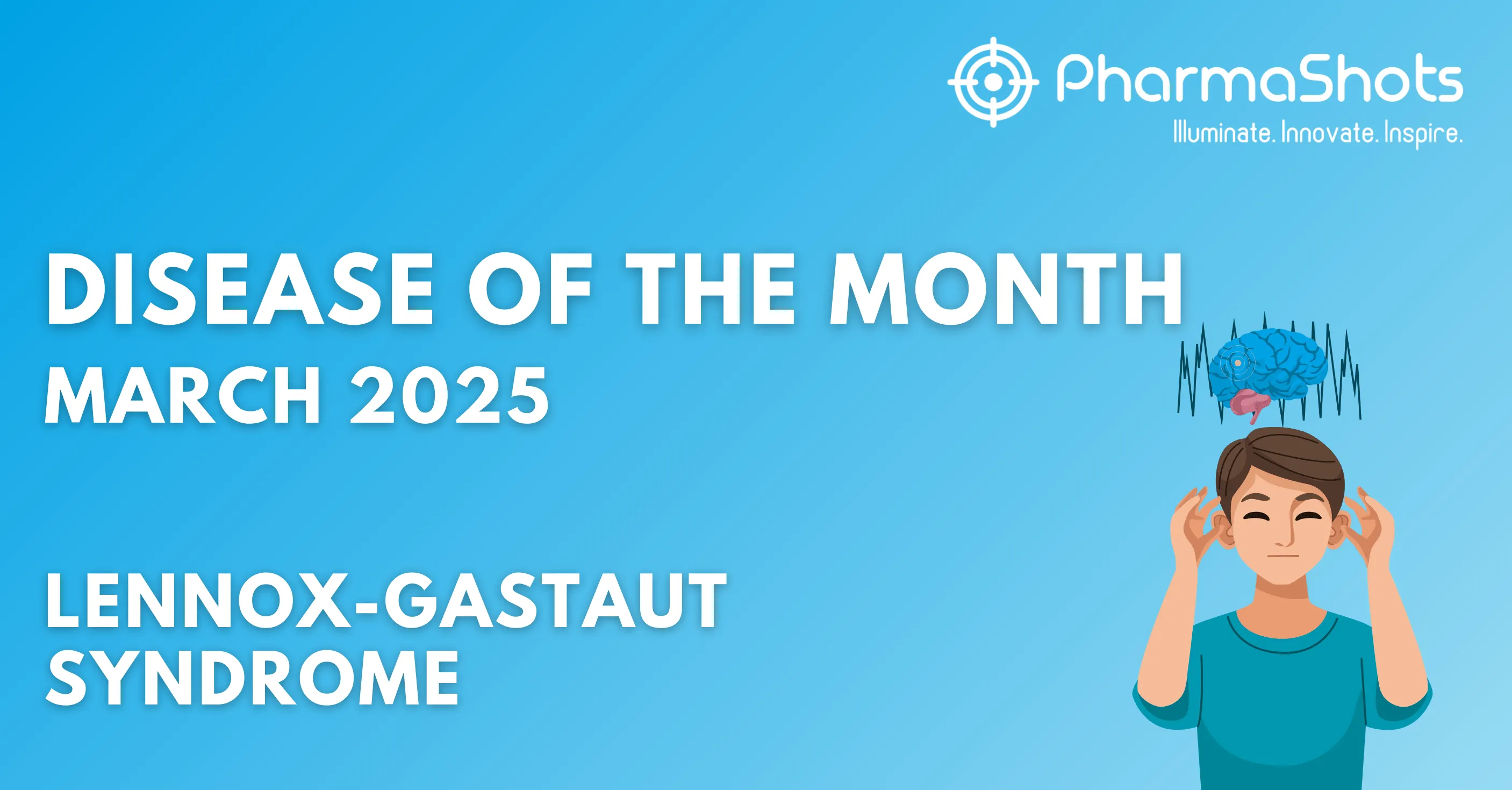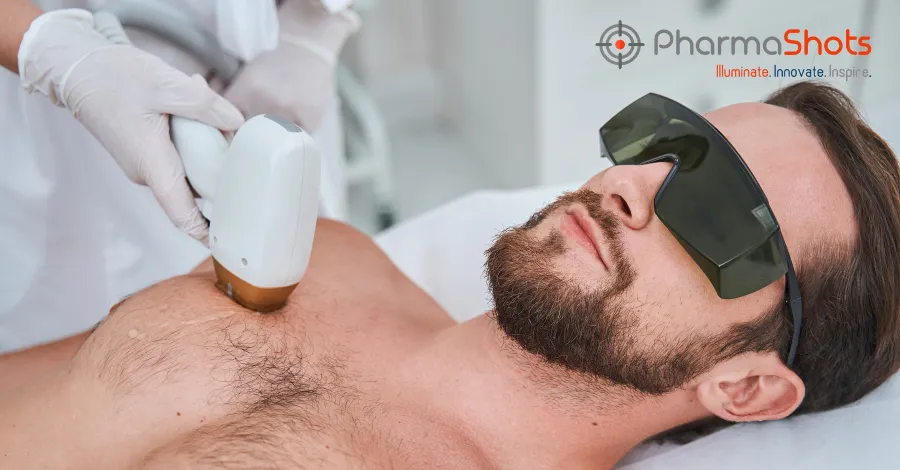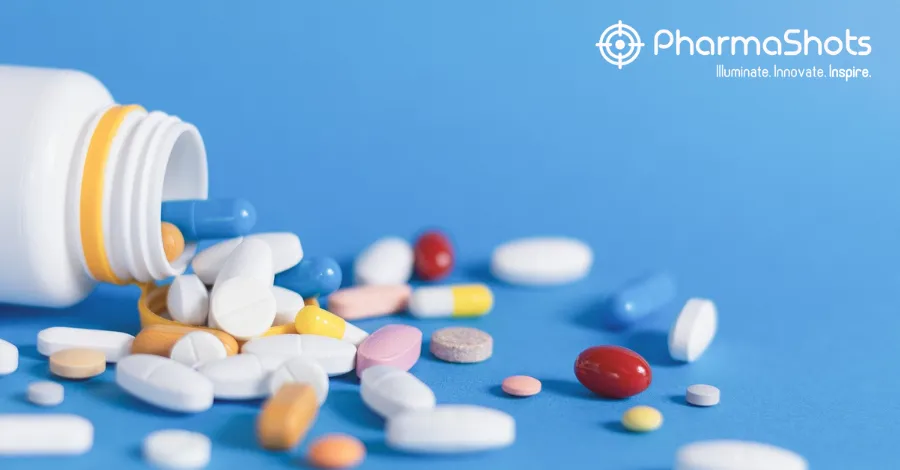
Recent Insights into Advances of COVID-19 Treatment
Introduction:
The current century has witnessed the universal spread of the unknown species of coronaviruses. The rapid deterioration of the public health system with changes in ecology and urbanization has accelerated more recurrent epidemics, which become more troublesome to prevent and contain promptly. A novel coronavirus (CoV) emerged in December 2019, is associated with respiratory system disease and reported to cause pneumonia which if worsen leads to death. The causative virus was later named severe acute respiratory syndrome CoV-2 (SARS-CoV-2) & was recognized as the pathogen leading to COVID-19 disease. In the current situation, infections caused by SARS-CoV-2 are now rapid and aggressive and as of 10 May 2021 over 150 million cases were confirmed worldwide in more than 220 countries, with over 3,307,084 death.1
Characteristics of SARS-CoV-2:
The family of coronavirinae is a cluster of highly differentiated, enveloped, positive sense and single-stranded viruses [(+) ssRNA virus] which can induce respiratory, enteric, hepatic, and neurological disorders with different severity in a wide range of animal species. CV can be categorized into a-, ß-, d- and -CoVs of which ß further subdivided into A, B, C & D lineage. During the past 18 years, three neoteric ß-CoVs, SARS-CoV, Middle East respiratory syndrome CoV (MERS-CoV), along with SARS- CoV-2 have emerged, engendering severe human diseases. The origin of the SARS-CoV-2 outbreak is not clear but recent studies identified that it might be transmitted through bat due to its high similarity with bats SARS-CoV coronaviruses. The mortality rate of SARS-CoV- 2 (~3.8%) is lower compared to that of MERS-CoV (37.1%) or SARS-CoV (10%), but the number of infections is more than ten times higher.2,3
SARS-CoV-2 is closely resembling with other ß-CoVs with a genome size of close to 3kb which has has a nucleocapsid consisted of genomic RNA and phosphorylated nucleocapsid (N) protein. The nucleocapsid is embedded in the phospholipid bilayer and is coated by two distinct types of spike proteins known as spike glycoprotein trimmer and hemagglutinin-esterase. Presence of Spike (S) protein helps in binding to receptors and is the key factor to determine the host tropism and transmission capacity. The matrix protein (M) & viral envelop (E) also located in the viral envelop. The genomic analysis of the virus showed that it possesses 5 & 3 terminal sequences with gene order 5 replicase open reading frame (ORF) 1ab-S-envelope(E)-membrane(M)-N-3. The virus is round or oval in shape with a diameter of 60-100 nm. The virus is most sensitive and can be inactivated by ultraviolet light or heating at 56 ºC for 30 minutes, using disinfectant (i.e. ether, 75% ethanol, chloroform).4

Figure 1: The possible viral entry and replication mechanism of SARS-CoV-2.6
Different evidence suggests that SARS-CoV-2 and SARS-CoV share the same human cell receptors such as angiotensin-converting enzyme 2 (ACE2) for host cell entry. ACE2 is a type 1 membrane protein mostly expressed in the lungs, kidney, heart, and intestine. SARS-CoV-2 S protein exhibit a 10-20 fold higher binding affinity to ACE2. After entering the cell, SARS-CoV2 binds to ACE2 receptors through S protein and fuses with the cell membrane through the endosome pathway. Once entered into the body, the virus then releases RNA into the host cell and causes virus replication5(Figure 1)
Pathogenesis of SARS-CoV-2:
As ACE2 is expressed highly in the nasal mucosa, bronchus, lung, heart, etc. most of the primary symptoms occur in these body parts (Figure 2).
- Stage I: Asymptomatic stage (initial 1-2 days infection)
The SARS-CoV-2 enters via the respiratory system and binds to the nasal epithelial cells in the upper respiratory tract. The main host receptor for viral entry into cells is the ACE-2, which is seen to be highly expressed in adult nasal epithelial cells. The virus undergoes local replication and propagation and the infection of ciliated cells in the conducting airways.26 This stage lasts a couple of days and the immune response generated during this phase is a limited one. In spite of having a low viral load at this time, the individuals are highly infectious, and the virus can be detected via nasal swab testing.

Figure 2: Pathogenesis of SARS-CoV-2
- Stage II: Invasion and infection if the upper respiratory tract
In this phase virus migrate from nasal epithelium to upper respiratory tract sue to which the disease manifests with symptoms of fever, malaise and dry cough. During this phase greater immune response occurs which involves the release of C-X-C motif chemokine ligand 10 (CXCL-10) and interferons (IFN-ß and IFN-) from the virus-infected cells.
- Stage III: Involvement of the lower respiratory tract and progression to acute respiratory distress syndrome (ARDS)
Patients in this phase develop severe symptoms as the virus invades and enters into type 2 alveolar cells epithelial cells via ACE2 receptor thereby undergoes replication. The pneumonocytes filled with the virus release more cytokines and inflammatory markers (interleukin, TNF-alpha, IFN-gamma & beta, CXCL-10). This cytokine storm attracts more cells such as neutrophils, CD4 T helper cells & CD8 cytotoxic T cells which isolate in the lung. These cells are involved in the fight with a virus, but they also cause subsequent inflammation and lung injury. Due to continuing injury caused by inflammatory cells and viral replication leads to loss of type 1 & type 2 pneumocytes, there is diffuse alveolar damage eventually culminating in an acute respiratory distress syndrome.7
Diagnostic testing for COVID-19:
Rapid and accurate diagnosis of COVID-19 is very important to control outbreaks of viruses in the communities. Advance technologies such as polymerase chain reaction (PCR), reverse transcription-polymerase chain reaction (RT-PCR), real-time RT-PCR (rRT-PCR), and reverse transcription loop-mediated isothermal amplification (RT- LAMP) are useful in the diagnosis of CoVs.6
Therapeutics options available for SARS-CoV-2:
After the outbreak of the COVID-19 pandemic, substantial efforts are in progress to discover new therapeutic drugs for CoV infections. Till date a wide variety of therapeutic agents has been selected for treatment of SARS-CoV-2 in clinical trials (Table1).
Table 1: List of candidate therapeutic drugs for SARS-CoV-2 therapy in clinical trials.

A. Antiviral agents:
- Nucleoside analogs:
These agents can affect nucleotide synthesis pathways and terminate virus replication thereby accumulating mutation and cutting off the entry of natural nucleoside. Ribavirin is an approved nucleoside guanine analog used in the treatment of hepatitis C virus and respiratory syncytial virus infections and has been utilized to cure SARS patients. When Ribavirin combined with IFN- beta it can exert a synergistic inhibition effect on SARS-associated CoV replication during in vitro study.8 However, safety and efficacy are uncertain as it may cause an adverse reactions at high doses like anemia. In COVID-19 treatment.
Another agent, favipiravir which is a guanine analog has been approved in Japan for suppression of infections caused by the influenza virus. Recent work suggests favipiravir may be a potential candidate for COVID-19 as it displayed effectively in vitro antiviral action in Vero E6 cells with an EC50 value of 61µm. Combination of favipiravir with other antiviral drugs such as baloxavir marboxil utilized to improve the condition of COVID-19 patients.9
An adenine analog that is approved HIV reverse transcriptase inhibitors such as remdesivir, tenofovir, alafenamide exhibit broad-spectrum antiviral activity against RNA viruses and has the capacity to compete with RdRp thereby inhibit RNA replication. Study results showed that severe COVID-19 patients treated with remdesivir showed good clinical improvement (68%).10
2. Type I interferons:
These are antiviral cytokine that undermines viral replication in host cells. In China, therapy guidelines for COVID-19 recommend the management of 5 million U of IFN- avia vapor inhalation in patients twice daily with ribavirin as a combined therapy. The study by Sallard et al reported that IFN-1 might constitute safe and easy to upscale treatment against COVID-19 during an early stage of infection.11, 12
3. Protease inhibitors:
They can block viral replication by binding to enzymes responsible for proteolysis. Medicines approved for HIV treatment such as lopinavir and ritonavir found to possess antiviral action against SARS and MERS. A clinical study revealed that a combination of remdesivir with lopinavir, ritonavir and interferon against MERS-CoV but treatment with remdesivir found to be more effective in terms of reducing viral load and improving lung conditions. Lopinavir-ritonavir shows benefit in terms of efficacy such 16 days median time for clinical improvement inpatient and reduction in viral load in severe SARS-CoV-2 patient. Furthermore, a lower rate of death was observed in patients treated with lopinavir-ritonavir in the late stage of the disease.13,14
B. Chloroquine and hydroxychloroquine:
Anti-malarial drugs chloroquine found to be effective as broad-spectrum antiviral agents. It elevates the endosomal pH needed for virus-cell fusion and disrupts the glycosylation of virus receptors. Studies found that chloroquine therapy is effective in COVID-19 associated pneumonia. Another drug hydroxychloroquine which an analog of chloroquine found to possess anti-SARS CoV action in vitro study. In the pa pharmacokinetic model, it was found that hydroxychloroquine is more effective than chloroquine in Vero cells infected with SARS-CoV-2. Both chloroquine and hydroxychloroquine possess immunomodulatory action and inhibit cytokine storms. 15,16
C. Monoclonal or polyclonal antibodies:
Antibodies are recommended as a tool to prevent and treat viral infections. Anti-SARS CoV-specific human mAB CR3033 found to be effective due to its cross-reactivity with COVID-19 S protein. Another monoclonal antibody, tocilizumab found to be effective in suppressing the binding of IL-6 to its receptors and mitigate cytokine release syndrome. Another isolate 2 specific human mAbs named CA1 & CB6 found to possess potent SARS-CoV2 specific neutralization activity.
Use of neutralizing antibodies become a promising strategy to reduce inflammatory response thus responding well to treat COVID-19.17,18,19
D. Corticosteroids:
Corticosteroids lower inflammation and have been used in several respiratory infections such as SARS-CoV and MERS-CoV but with limited benefits. In a study performed on 41 COVID-19 patients use of corticosteroid in 22% of the patient found to be reduced inflammation of the lung. However, as per WHO interim guideline do not recommend the use of glucocorticoids due to its possible injury and increased risk of death.20
E. Convalescent plasma transfusion:
The convalescent plasma technique has been used as a last resort in order to improve the survival of COVID-19 patients. In this technique, plasma is collected from the person recovered from COVID-19 which may inhibit viremia.21
F. Herbal medications:
During outbreaks in different countries, herbal drugs such as Astragali Radix, Withania somnifera, Glycyrrhizae Radix Et Rhizoma, Atractylodis Macrocephalae Rhizoma, Saposhnikoviae Radix, Lonicerae Japonicae Flos and Fructus forsythia were commonly used for improving the condition of COVID-19. 22
G. Mesenchymal stem cell therapy:
Some investigators demonstrated that intravenous administration of mesenchymal stem cells was safe and effective for COVID-19 pneumonia in critical patients. The use of mesenchymal stem cell therapy leads to immunomodulation and counteracts the cytokine storm aroused by the immune system and nurtures endogenous repair via reparative attributes of the stem cells.23
H. Other therapies:
Use of hydrogen peroxide found to be effective as it helps to prevent the virus from speeding inside the body. Study revealed that 0.5% of hydrogen peroxide could kill human CoVs such as those that caused by SARS and MERS. By inhaling vapors of hydrogen peroxide can easily penetrate nostrils, sinuses, and lungs which are commonly affected by a respiratory disease like COVID-19. As per the National Health commission of China, the conditional use of mixed inhalation of hydrogen and peroxide (H2/O2: 66.6%/33.3%) treatment may improve the symptoms.24 In another therapy, lung transplantation can be performed in advanced patients with respiratory failure due to COVID-19 related pulmonary fibrosis.25
SARS-CoV-2 vaccines:26
For controlling the epidemic caused by emerging viruses, rapid diagnosis and efficient vaccine serve as a complementation to antiviral therapy. Different vaccines to date are under different phases of a clinical trial. The status of different vaccines developed during the crisis is summarized below.
DNA vaccines offer precise and flexible tactics to deliver antigens to the body's immune system and can hold extra sequences of coding molecules to influence the result. To date, different DNA vaccine platforms have been exploited to augment the vaccine effectiveness through electroporation to deliver plasmids and additional adjuvants thereby improve immune response. Inovio Pharmaceuticals initiated pre-clinical trials of DNA vaccine (INO-4800) against COVID-19. It induces T cell activation by transferring DNA plasmids that express SARS-CoV-2 S proteins.
A. DNA based vaccine:
AnGes, Inc.s biopharmaceutical developed DNA based vaccine named AG0301 which encodes the SARS-CoV-2 spike protein that disables the connection between coronavirus protein spike and human cell receptors.
B. mRNA based vaccine:
The mRNA vaccine becomes an alternative to traditional vaccine methods which provides high efficiency, rapid development capabilities, and low-cost manufacturing. Moderna launched mRNA-1273 encodes the S protein of SARS-CoV-2. Another vaccine named ARCoV based on mRNA was developed by the People's Liberation Army (PLA) Academy of Military Sciences, Suzhou Abogen Biosciences, and Walvax Biotechnology Co., Ltd, was officially approved by the National Medical Products.
Table 2: Some new vaccine candidates in the development
| Candidate | Mechanism | Sponsor | Trial Phase | Institution |
| NVX-CoV2373 | Nanoparticle vaccine | Novavax | Phase 3 | Novavax |
| ZyCoV-D | DNA vaccine (plasmid) | Zydus Cadila | Phase 3 | Zydus Cadila |
| Abdala (CIGB 66) | Protein subunit vaccine | Center for Genetic Engineering and Biotechnology | Phase 3 | Center for Genetic Engineering and Biotechnology |
| VLA2001 | Inactivated vaccine | Valneva;UK National Institute for Health Research | Phase 3 | Multiple NIHR testing sites |
| CVnCoV | mRNA-based vaccine | CureVac; GSK | Phase 2b/3 | CureVac |
| INO-4800 | DNA vaccine (plasmid) | Inovio Pharmaceuticals | Phase 2/3 | Center for Pharmaceutical Research, Kansas City. Mo.; University of Pennsylvania, Philadelphia |
| UB-612 | Multitope peptide-based vaccine | Vaxxinity | Phase 2/3 | United Biomedical Inc. (UBI) |
| GRAd-COV2 | Adenovirus-based vaccine | ReiThera; Leukocare; Univercells | Phase 2/3 | Lazzaro Spallanzani National Institute for Infectious Diseases |
| ARCoV | mRNA vaccine | Academy of military science | Phase 3 | Multiple sites |
| AG-301 | DNA based vaccine | AnGes & Takara bio | Phase 3 | Multiple sites |
| nCOV | DNA based vaccine | Zydus cadila | Phase 3 | Multiple sites |
C. Recombinant subunit vaccines:
Recombinant subunit vaccines are found to be superior to other types of vaccines as they are safe and possess fewer adverse effects. Clover Biopharmaceuticals was pre-clinically testing a recombinant subunit vaccine in the light of the S-Trimer of the SARS-CoV-2. The researchers detected the antigen-specific neutralizing Abs in the sera of fully recovered patients. Besides, GlaxoSmithKline (GSK) disclosed a vaccine that can elicit a protective immune response against SARS. The vaccine contains an S protein immunogen, which was combined with the emulsion adjuvant, GSK2, yielding an elevated level of anti-SARS- CoV IgG2a/IgG2b Ab responses. Recently, GSK and Clover Biopharmaceuticals announced a partnership to enhance immune response via introducing GSK's adjuvant system to S-Trimer.
Conclusion:
Despite global efforts made to contain SARS-CoV-2 infection, the current epidemic has expanded into a full-blown pandemic inducing panic and economic slowdown. Due to a large number of infections healthcare system in many areas are overburdened and under-resourced which pushes medical workers to make a formerly unthinkable judgment. In the wake of such a severe condition, different investigators have pursued approaches to tackle the direct impact of COVID-19 either by use of modeling study of the viral activity or via analyzing potential; therapeutic potential options and finding vaccines to end the pandemic.
References:
- Chan JFW ,Yuan S ,Kok KH ,To KKW ,Chu H ,Yang J ,et al.A familial cluster of pneumonia associated with the 2019 novel coronavirus indicating person-to-person transmission: a study of a family cluster. Lancet 2020;395:514'23 .
- Andersen KG ,Rambaut A ,Lipkin WI ,Holmes EC ,Garry RF . The proximal origin of SARS-CoV-2. Nat Med 2020:1'3.
- Chan JFW ,Lau SKP ,Woo PCY . The emerging novel Middle East respiratory syndrome coronavirus: the knowns and unknowns. J Formos Med Assoc 2013;112:372'81 .
- Jin Y ,Yang H ,Ji W ,Wu W ,Chen S ,Zhang W ,et al.Virology, epidemiology, pathogenesis, and control of COVID-19. Viruses 2020;12:372.
- Wu F ,Zhao S ,Yu B ,Chen YM ,Wang W ,Hu Y ,et al.A new coronavirus associated with human respiratory disease in China. Nature 2020;579:265'9 .
- Zhu Y, Li J, Pang Z. Recent insights for the emerging COVID-19: Drug discovery, therapeutic options and vaccine development. Asian J Pharm Sci. 2021 Jan;16(1):4-23
- Parasher A. COVID-19: Current understanding of its Pathophysiology, Clinical presentation and Treatment. Postgrad Med J. 2021 May;97(1147):312-320
- Wang Y ,Wang W ,Xu L ,Zhou X ,Shokrollahi E ,Felczak K ,et al.Cross talk between nucleotide synthesis pathways with cellular immunity in constraining hepatitis E virus replication. Antimicrob Agents Chemother 2016;60:2834'48 .
- Debing Y ,Emerson SU ,Wang Y ,Pan Q ,Balzarini J ,Dallmeier K ,et al.Ribavirin inhibits in vitro hepatitis E virus replication through depletion of cellular GTP pools and is moderately synergistic with alpha interferon. Antimicrob Agents Chemother 2014;58:267'73 .
- Tchesnokov EP ,Feng JY ,Porter DP ,Götte M . Mechanism of inhibition of Ebola virus RNA-dependent RNA polymerase by remdesivir. Viruses 2019;11:326 .
- Scagnolari C ,Vicenzi E ,Bellomi F ,Stillitano MG ,Pinna D ,Poli G ,et al.Increased sensitivity of SARS-coronavirus to a combination of human type I and type II interferons. Antivir Ther 2004;9:1003'11 .
- Dong L ,Hu S ,Gao J . Discovering drugs to treat coronavirus disease 2019 (COVID-19). Drug Discov Ther 2020;14:58'60 .
- Wu CY ,Jan JT ,Ma SH ,Kuo CJ ,Juan HF ,Cheng YSE ,et al.Small molecules targeting severe acute respiratory syndrome human coronavirus. Proc Natl Acad Sci 2004;101:10012'17.
- Cao B ,Wang Y ,Wen D . A trial of lopinavir-ritonavir in adults hospitalized with severe COVID-19. N Engl J Med 2020;382:1787'99 .
- Gao J ,Tian Z ,Yang X . Breakthrough: chloroquine phosphate has shown apparent efficacy in treatment of COVID-19 associated pneumonia in clinical studies. Biosci Trends 2020;4(1):72'3 .
- Yao X ,Ye F ,Zhang M ,Cui C ,Huang B ,Niu P ,et al.In vitro antiviral activity and projection of optimized dosing design of hydroxychloroquine for the treatment of severe acute respiratory syndrome coronavirus 2 (SARS-CoV-2). Clin Infect Dis 2020:ciaa237 .
- Tian X ,Li C ,Huang A ,Xia S ,Lu S ,Shi Z ,et al.Potent binding of 2019 novel coronavirus spike protein by a SARS coronavirus-specific human monoclonal antibody. Emerg Microbes Infect 2020;9:382'5 .
- Jean SS ,Lee PI ,Hsueh PR . Treatment options for COVID-19: the reality and challenges. J Microbiol Immunol Infect 2020;53:436'43 .
- Shi R, Shan C, Duan X, Chen Z, Liu P, Song J, et al. A human neutralizing antibody targets the receptor binding site of SARS-CoV-2. Nature 2020. doi: 10.1038/s41586- 020- 2381- y.
- Zhou M ,Zhang X ,Qu J . Coronavirus disease 2019 (COVID-19): a clinical update. Front Med 2020;14(2):126'35.
- Mair-Jenkins J ,Saavedra-Campos M ,Baillie JK ,Cleary P ,Khaw F-M ,Lim WS ,et al.The effectiveness of convalescent plasma and hyperimmune immunoglobulin for the treatment of severe acute respiratory infections of viral etiology: a systematic review and exploratory meta-analysis. J Infect Dis 2015;211:80'90 .
- Du HZ ,Hou XY ,Miao YH ,Huang BS ,Liu DH . Traditional chinese medicine: an effective treatment for 2019 novel coronavirus pneumonia (NCP). Chin J Nat Med 2020;18:206'10 .
- Golchin A ,Seyedjafari E ,Ardeshirylajimi A . Mesenchymal stem cell therapy for COVID-19: present or future. Stem Cell Rev Rep 2020;16(3):427'33 .
- Hydrogen molecular biomedicine promotes new coronary pneumonia diagnosis and treatment plan. https://www.sohu.com/a/375239106 _ 99929695
- Chen JY ,Qiao K ,Liu F ,Wu B ,Xu X ,Jiao GQ ,et al.Lung transplantation as therapeutic option in acute respiratory distress syndrome for COVID-19-related pulmonary fibrosis. Chin Med J 2020;133:1390'6 .
- https://www.who.int/publications/m/item/draft-landscape-of-covid-19-candidate-vaccines
Image Source: Variety
Related Post: ViewPoints Article: Adjunctive Nutraceutical Therapies Supporting Immunity in COVID-19

Parshuram Nivrutti, M.Pharm currently serves as Assistant Manager, Medical Affairs Executive in IntelliMed Healthcare Solutions.







